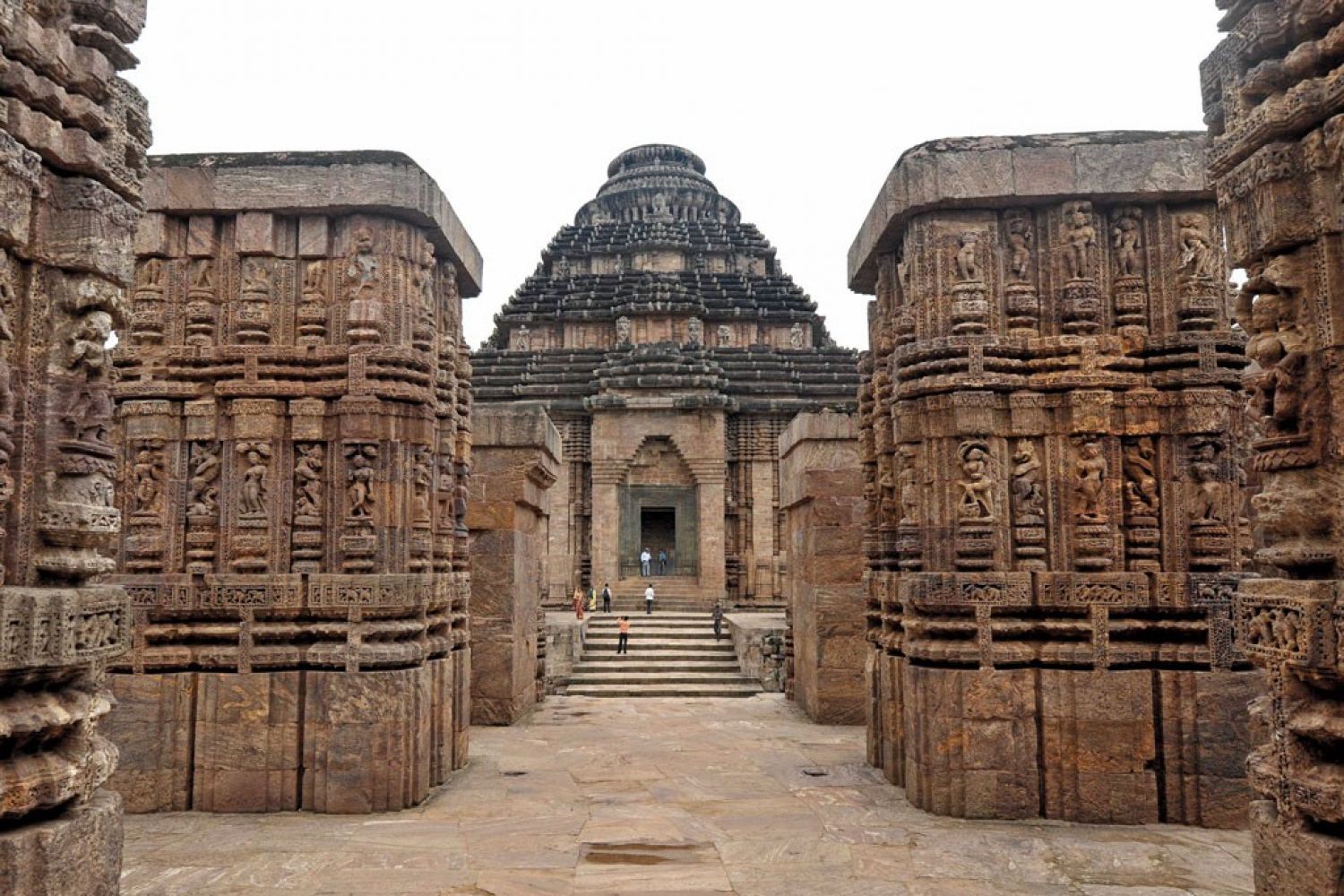
Stone is old, older than humans, older than life itself.
Baked in the furnace of earth, shaped by geological events going back millions
of years, stone is the building block of civilisation, the heritage that
predates heritage, the foundation on which culture stands. Humankind’s greatest
creations—its monuments, statues, and sculptures—are the story of mastery over
stone.
If the Taj Mahal is heritage, so is the marble that made it,
quarried at the Makrana mines 375 kiolmetres west





